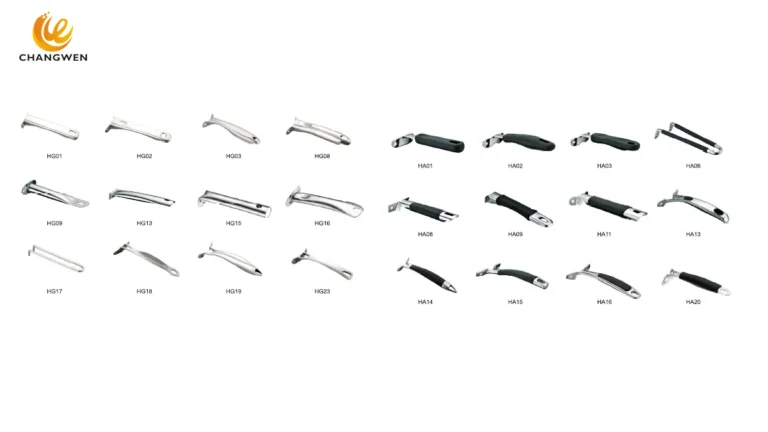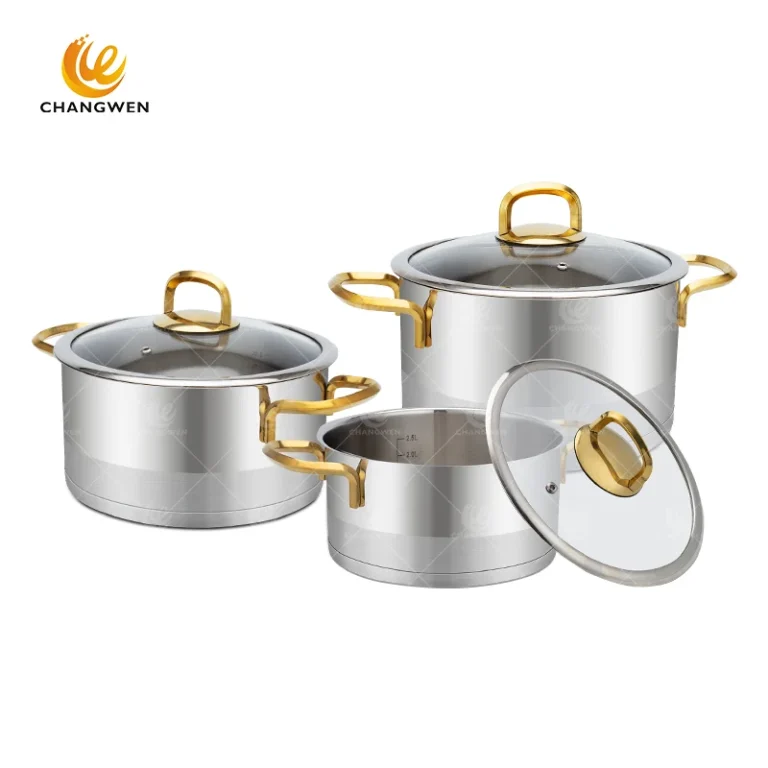How Enamel Products Are Made: A Comprehensive Guide to the Production Process
Enamel, an ancient craft that has stood the test of time, brings a new brilliance to modern society with its unique charm. As a composite material that combines inorganic glassy materials with metal substrates, enamel boasts the strength and toughness of metal and the gloss and hardness of glass. This potent combination makes enamel a versatile material widely used in many fields, from household goods to industrial equipment. In this article, we’ll dive deep into the intricate production process of enamel products, highlighting the craftsmanship and artistic beauty involved.
Introduction
Enamel products are celebrated for their vibrant colors, durability, and environmental friendliness. The production process of enamel products intricately combines fine craftsmanship and artistic expression, resulting in pieces that are not only functional but also highly decorative and collectible.
Raw Material Selection
The journey of creating an enamel product begins with selecting the right metal substrate. Critical factors such as the chemical composition, mechanical properties, and surface structure of the metal are carefully considered. Choosing high-quality metal ensures that the final product will be both strong and durable.
Surface Preparation
Surface preparation is a vital step that directly affects the adhesion of the subsequent coatings and the overall quality of the final product. The metal substrate undergoes thorough cleaning and sometimes abrasive blasting to remove any impurities, such as rust or grease, ensuring a clean surface for the enamel application.
Primer Coating
Applying a primer coating serves multiple purposes:
Increased Adhesion: The primer enhances the bond between the metal substrate and the ceramic coating.
Improved Durability: It adds an extra layer of protection, making the product more durable and long-lasting.
The primer coating is carefully applied to ensure even coverage and optimal performance.
Ceramic Coating Preparation
Creating the ceramic coating involves precise control over the raw material ratios and mixing uniformity. This step is crucial for ensuring the quality and stability of the final enamel coating. The ingredients are mixed to form a slurry, which is then applied to the primed metal surface.
Sintering Process
Sintering is the key step where the ceramic coating and the metal substrate are closely bonded through the application of heat:
Temperature Control: The furnace is heated to a specific temperature, usually around 800-900°C (1472-1652°F), melting the glass-like ceramic coating.
Time Management: The duration the piece spends in the furnace is strictly controlled to ensure proper bonding without damaging the metal substrate.
Proper sintering results in a robust, glossy enamel finish that is both beautiful and durable.
Grinding and Polishing
Once the sintering process is complete, the enamel product undergoes grinding and polishing to achieve a smooth, lustrous surface. This step not only enhances the visual appeal but also improves the product’s usability and hygiene.
Decorative Techniques
The artistic beauty of enamel products is achieved through various decorative techniques. These methods add rich colors and intricate patterns, making the products more ornamental and collectible:
Spraying: A technique where enamel paints are sprayed onto the surface for a smooth, even finish.
Decals: Pre-designed patterns are transferred onto the enamel surface using decals.
Printing: Direct printing allows for detailed designs and complex patterns to be applied.
These decorative methods showcase the unique charm of enamel craftsmanship and reflect the creativity and ingenuity of artisans.
Applications and Benefits
Enamel products are highly valued for their beauty, durability, and environmental friendliness. They find applications in numerous fields, including:
Household Goods: Enamel cookware, utensils, and decorative items are popular for their aesthetic appeal and practicality.
Industrial Equipment: Enamel coatings are used to protect machinery and equipment, offering resistance to corrosion and wear.
In addition to their practical value, enamel products often symbolize a pursuit of a better life and the preservation of traditional culture.
Conclusion
Enamel is a unique and charming composite material that beautifully combines the robustness of metal with the elegance of glass. The production process of enamel products, from raw material selection and surface preparation to decorative techniques, reflects the crystallization of human wisdom and creativity. As enamel continues to evolve, it brings more beauty and surprises to our lives, maintaining its relevance and allure in modern society.
For more detailed articles on enamel craftsmanship and other materials, stay tuned to our blog!







